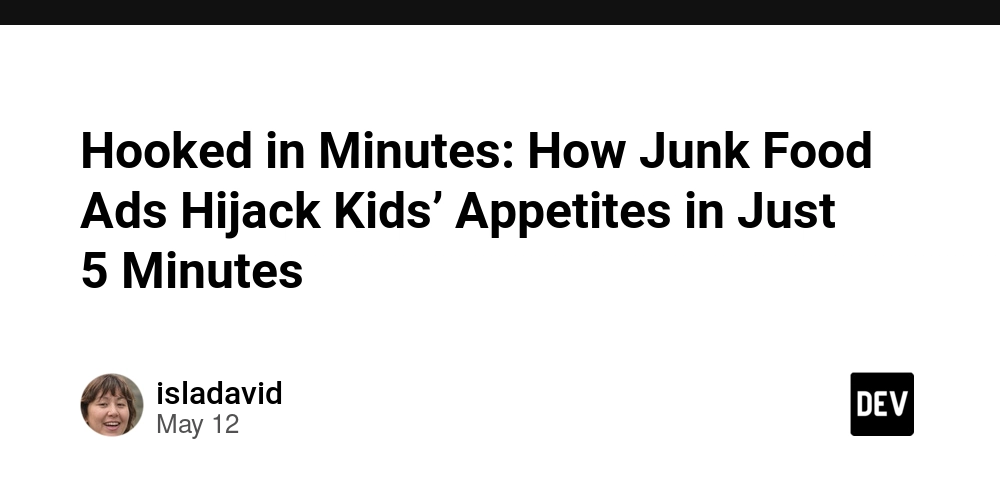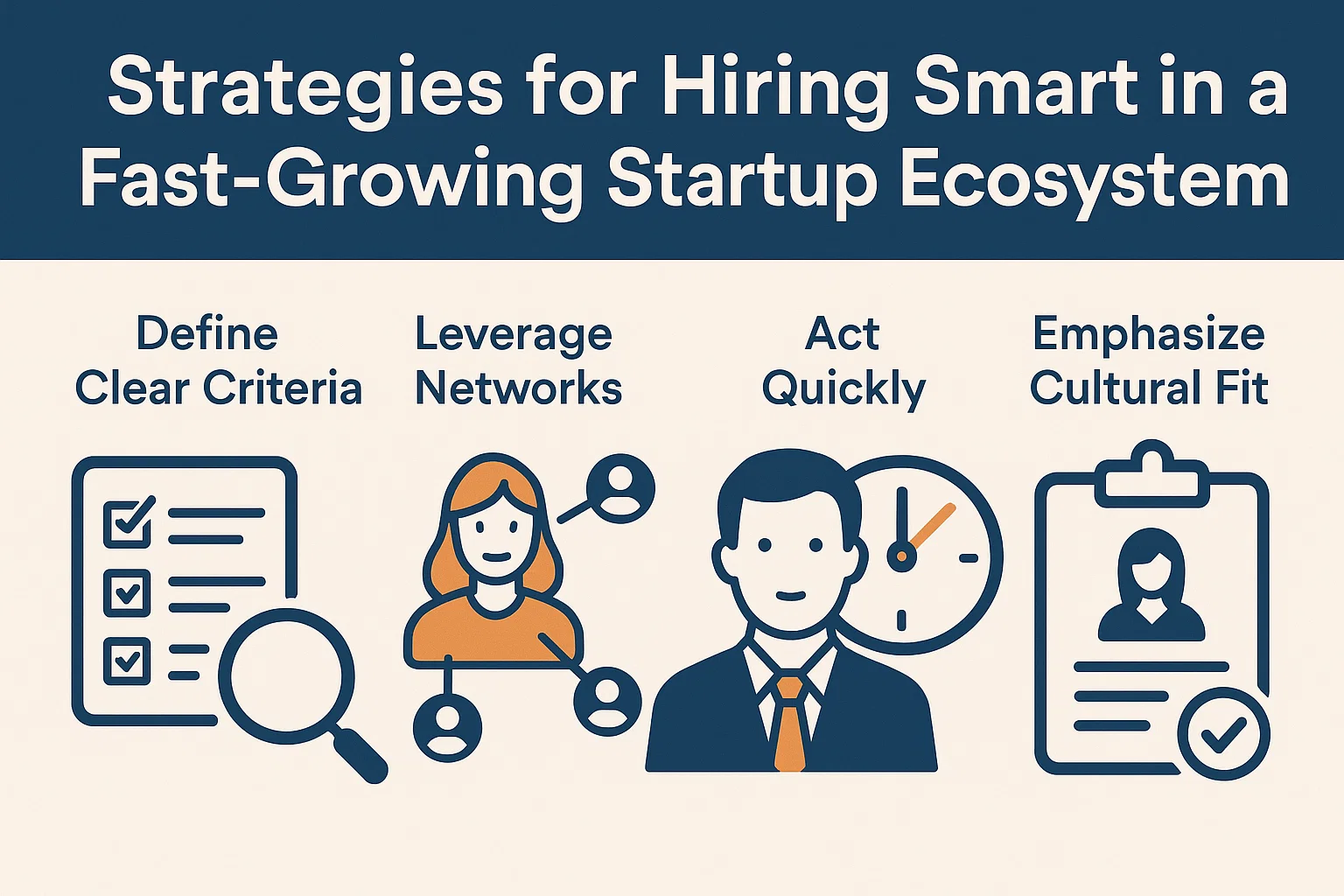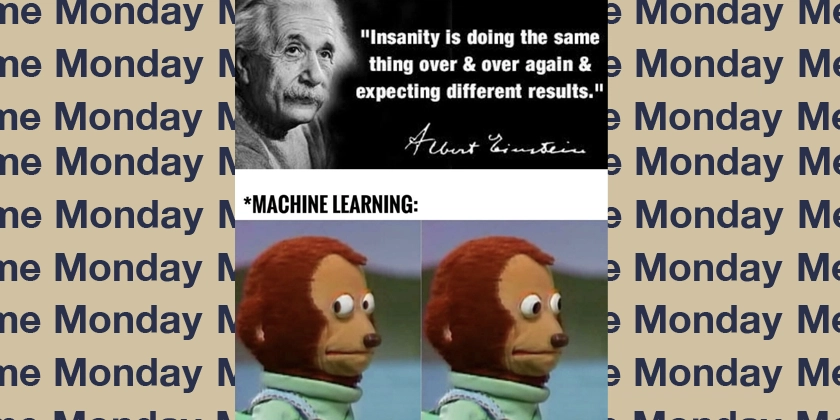Hooked in Minutes: How Junk Food Ads Hijack Kids’ Appetites in Just 5 Minutes
In today’s hyper-connected world, children are bombarded with a constant stream of media—from television to YouTube to mobile games. Within these digital spaces lies a silent influencer, often unnoticed by adults but potent in its power: junk food advertising. A growing body of research suggests that it takes as little as five minutes of exposure to these ads to significantly influence children’s eating behaviors. In that short span, a child’s mind can be swayed toward sugary cereals, salty snacks, or fast-food meals, often without their full awareness. This may sound alarming, and it should be. As childhood obesity and diet-related illnesses rise globally, understanding how quickly and deeply junk food marketing can shape young minds has never been more crucial. The Science Behind the Snack Attack Studies have long shown that advertising affects consumer behavior. However, the impact on children is particularly concerning because they are developmentally more vulnerable to persuasive messaging. A landmark study published in the journal "Appetite" revealed that just five minutes of exposure to junk food advertisements can significantly increase a child's food intake immediately afterward—even if the child is not hungry. In the study, children were shown a short set of commercials that included either junk food or non-food ads. Those who watched the junk food ads consumed, on average, 30 to 50 more calories during a snack session compared to those who didn’t. This doesn’t sound like much in isolation, but multiplied over days, weeks, and years, it adds up to thousands of extra calories—and potentially, extra pounds. Why Are Children So Susceptible? There are several reasons why junk food marketing is so effective on kids: Cognitive Development: Children under the age of 8 often cannot distinguish between content and advertising. They interpret all media as entertainment or truth, not sales pitches. Emotional Targeting: Advertisers use bright colors, cartoon characters, catchy jingles, and rewards (like toys in fast food meals) to create positive emotional associations with their products. Social Influence: Ads often show kids having fun, being popular, or winning something while consuming junk food, encouraging young viewers to believe that eating these foods will lead to similar outcomes. Repetition and Exposure: The sheer frequency with which children see these ads—often dozens of times a day—amplifies their impact, creating strong brand loyalties early in life. The Platforms Feeding the Problem Television used to be the primary medium for junk food advertising, but the digital age has diversified the landscape. Kids now encounter branded content on: YouTube videos with influencers promoting snacks. Mobile apps and games that feature in-game product placements or interactive ads. Social media platforms like TikTok or Instagram, where fast food challenges or viral snack trends are rampant. These modern marketing channels are harder to regulate and often blur the lines between entertainment and advertisement even more effectively than traditional TV. Real-World Impact The effects of this relentless marketing show up in real health statistics. According to the World Health Organization (WHO), rates of childhood obesity have risen tenfold in the past four decades. Much of this can be attributed to increased calorie consumption from processed and fast foods. Junk food advertising not only increases calorie intake but also shapes children’s long-term preferences. A child who regularly sees McDonald's or Coca-Cola ads is more likely to prefer those brands and choose those products even when healthier options are available. The Role of Parents and Guardians Parents often feel helpless against the flood of persuasive messaging their children encounter, but there are several strategies they can use to mitigate its effects: Limit Screen Time: Reducing exposure to screens reduces exposure to ads. Use ad-free platforms when possible. Co-Viewing and Conversation: Watch content with your child and talk about the ads they see. Ask critical questions like, “What do you think this ad wants you to do?” to build media literacy. Model Healthy Behavior: Kids mimic what they see at home. Choosing healthy snacks and involving kids in cooking can counteract the pull of junk food. Create a Healthy Environment: Stock the pantry with nutritious options so that even when cravings strike, healthier alternatives are within reach. Policy Solutions: Protecting the Vulnerable Some governments and health organizations are taking action. Countries like Chile, the UK, and Norway have implemented strict regulations on marketing junk food to children. These include: Banning junk food ads during children’s programming. Prohibiting the use of cartoon characters on packaging. Requiring warning labels on unhealthy foods. However, many regions, including the U

In today’s hyper-connected world, children are bombarded with a constant stream of media—from television to YouTube to mobile games. Within these digital spaces lies a silent influencer, often unnoticed by adults but potent in its power: junk food advertising. A growing body of research suggests that it takes as little as five minutes of exposure to these ads to significantly influence children’s eating behaviors. In that short span, a child’s mind can be swayed toward sugary cereals, salty snacks, or fast-food meals, often without their full awareness.
This may sound alarming, and it should be. As childhood obesity and diet-related illnesses rise globally, understanding how quickly and deeply junk food marketing can shape young minds has never been more crucial.
The Science Behind the Snack Attack
Studies have long shown that advertising affects consumer behavior. However, the impact on children is particularly concerning because they are developmentally more vulnerable to persuasive messaging. A landmark study published in the journal "Appetite" revealed that just five minutes of exposure to junk food advertisements can significantly increase a child's food intake immediately afterward—even if the child is not hungry.
In the study, children were shown a short set of commercials that included either junk food or non-food ads. Those who watched the junk food ads consumed, on average, 30 to 50 more calories during a snack session compared to those who didn’t. This doesn’t sound like much in isolation, but multiplied over days, weeks, and years, it adds up to thousands of extra calories—and potentially, extra pounds.
Why Are Children So Susceptible?
There are several reasons why junk food marketing is so effective on kids:
Cognitive Development: Children under the age of 8 often cannot distinguish between content and advertising. They interpret all media as entertainment or truth, not sales pitches.
Emotional Targeting: Advertisers use bright colors, cartoon characters, catchy jingles, and rewards (like toys in fast food meals) to create positive emotional associations with their products.
Social Influence: Ads often show kids having fun, being popular, or winning something while consuming junk food, encouraging young viewers to believe that eating these foods will lead to similar outcomes.
Repetition and Exposure: The sheer frequency with which children see these ads—often dozens of times a day—amplifies their impact, creating strong brand loyalties early in life.
The Platforms Feeding the Problem
Television used to be the primary medium for junk food advertising, but the digital age has diversified the landscape. Kids now encounter branded content on:
YouTube videos with influencers promoting snacks.
Mobile apps and games that feature in-game product placements or interactive ads.
Social media platforms like TikTok or Instagram, where fast food challenges or viral snack trends are rampant.
These modern marketing channels are harder to regulate and often blur the lines between entertainment and advertisement even more effectively than traditional TV.
Real-World Impact
The effects of this relentless marketing show up in real health statistics. According to the World Health Organization (WHO), rates of childhood obesity have risen tenfold in the past four decades. Much of this can be attributed to increased calorie consumption from processed and fast foods.
Junk food advertising not only increases calorie intake but also shapes children’s long-term preferences. A child who regularly sees McDonald's or Coca-Cola ads is more likely to prefer those brands and choose those products even when healthier options are available.
The Role of Parents and Guardians
Parents often feel helpless against the flood of persuasive messaging their children encounter, but there are several strategies they can use to mitigate its effects:
Limit Screen Time: Reducing exposure to screens reduces exposure to ads. Use ad-free platforms when possible.
Co-Viewing and Conversation: Watch content with your child and talk about the ads they see. Ask critical questions like, “What do you think this ad wants you to do?” to build media literacy.
Model Healthy Behavior: Kids mimic what they see at home. Choosing healthy snacks and involving kids in cooking can counteract the pull of junk food.
Create a Healthy Environment: Stock the pantry with nutritious options so that even when cravings strike, healthier alternatives are within reach.
Policy Solutions: Protecting the Vulnerable
Some governments and health organizations are taking action. Countries like Chile, the UK, and Norway have implemented strict regulations on marketing junk food to children. These include:
Banning junk food ads during children’s programming.
Prohibiting the use of cartoon characters on packaging.
Requiring warning labels on unhealthy foods.
However, many regions, including the United States, still rely heavily on self-regulation by food companies, which has proven largely ineffective.
The American Academy of Pediatrics has called for comprehensive restrictions on junk food advertising targeting children, emphasizing the long-term health risks involved.
The Future of Food Marketing
As technology advances, so too will the sophistication of food advertising. We’re now seeing AI-generated content, hyper-targeted ads, and even virtual reality experiences used to promote fast food and snacks. Without swift regulatory and cultural shifts, children will continue to be outmatched in this digital arms race.
That’s why awareness is critical. The more parents, educators, and policymakers understand about the rapid impact of junk food advertising, the more empowered they will be to demand change and foster healthier environments for the next generation.
Conclusion: Time to Take a Stand
Five minutes may seem trivial. It’s the time it takes to tie your shoes, heat up a snack, or scroll through a few TikTok videos. But for a child watching junk food commercials, five minutes is all it takes to sway their appetite, alter their cravings, and start forming unhealthy habits that could last a lifetime.
We owe it to our children to scrutinize what’s shaping their food choices—and to ensure that their screens don’t silently sabotage their health.







































/https://tf-cmsv2-smithsonianmag-media.s3.amazonaws.com/filer_public/63/22/6322340c-6ff4-4e62-9324-e8b9a2a6b0f6/main_danielle-spreading-fungal-inoculum-adam-photo-cred_web.jpg?#)






































